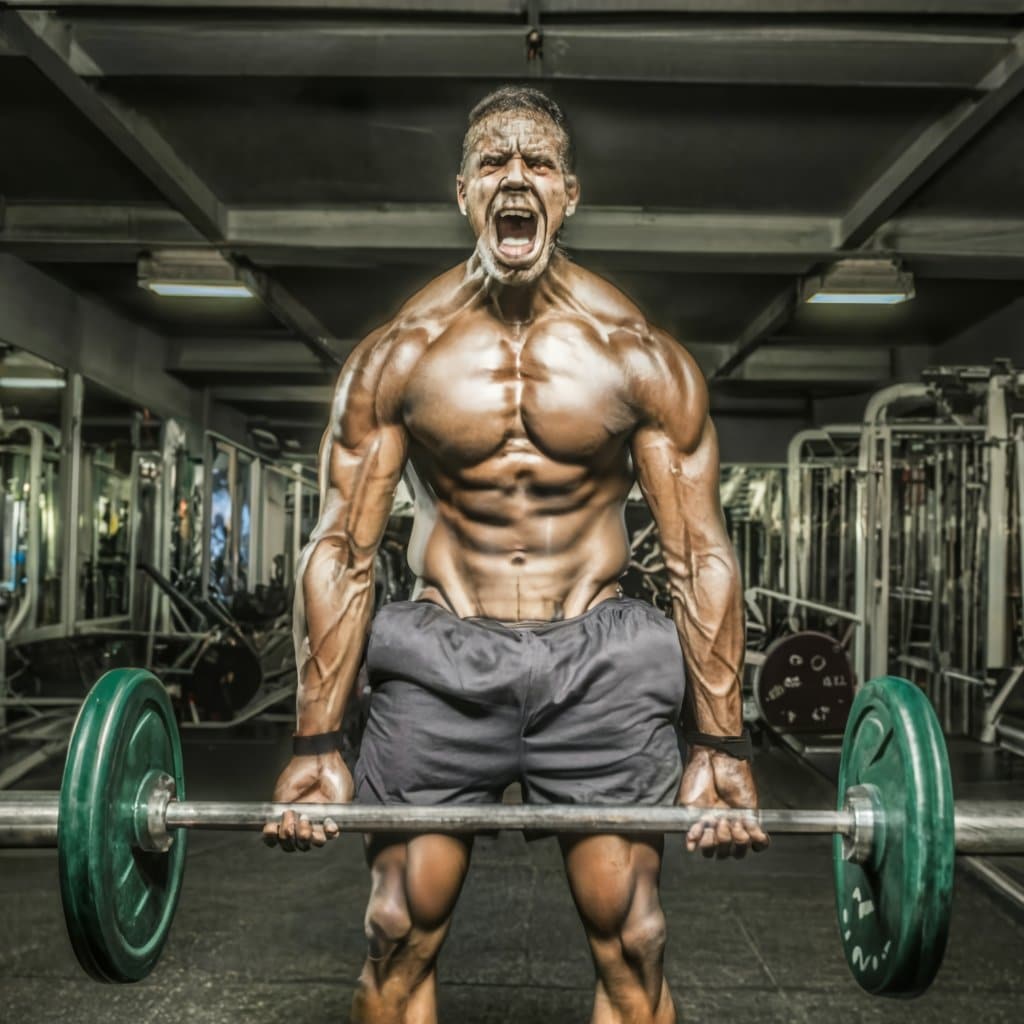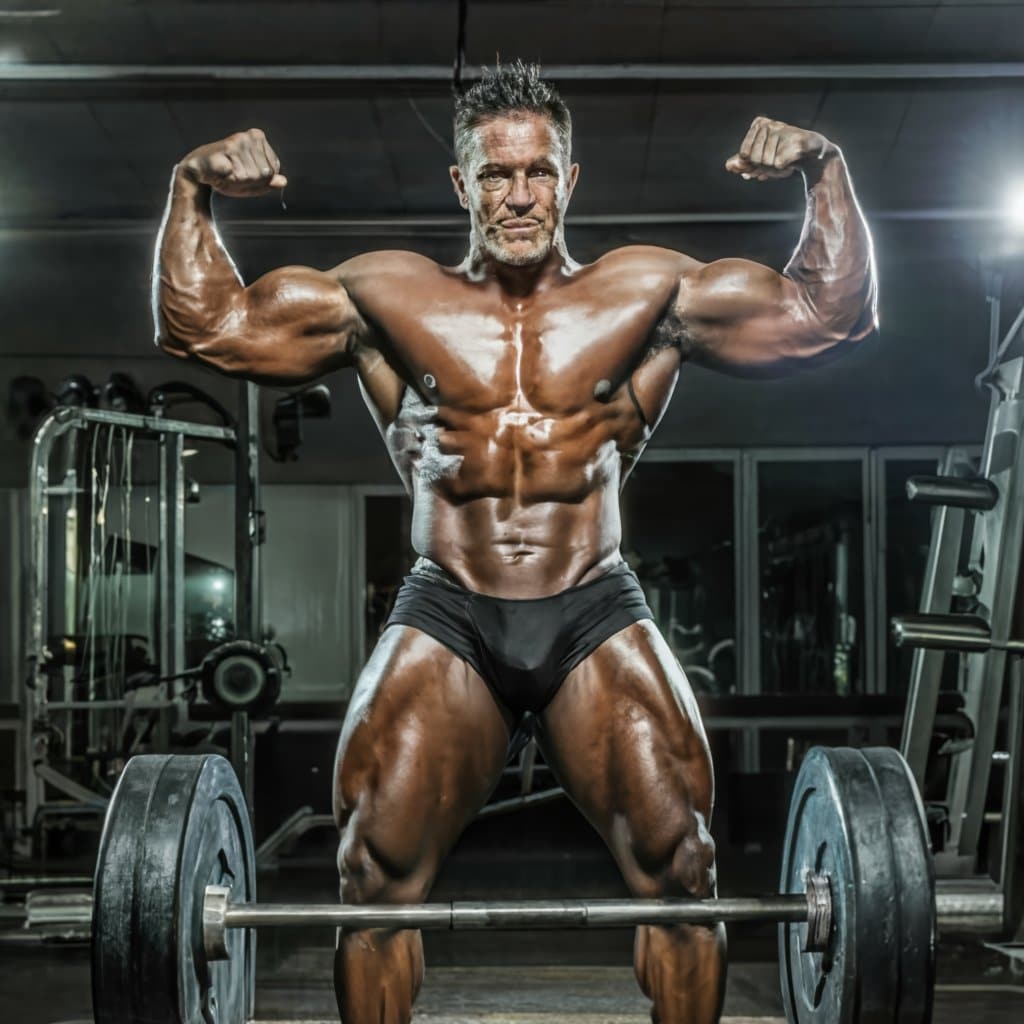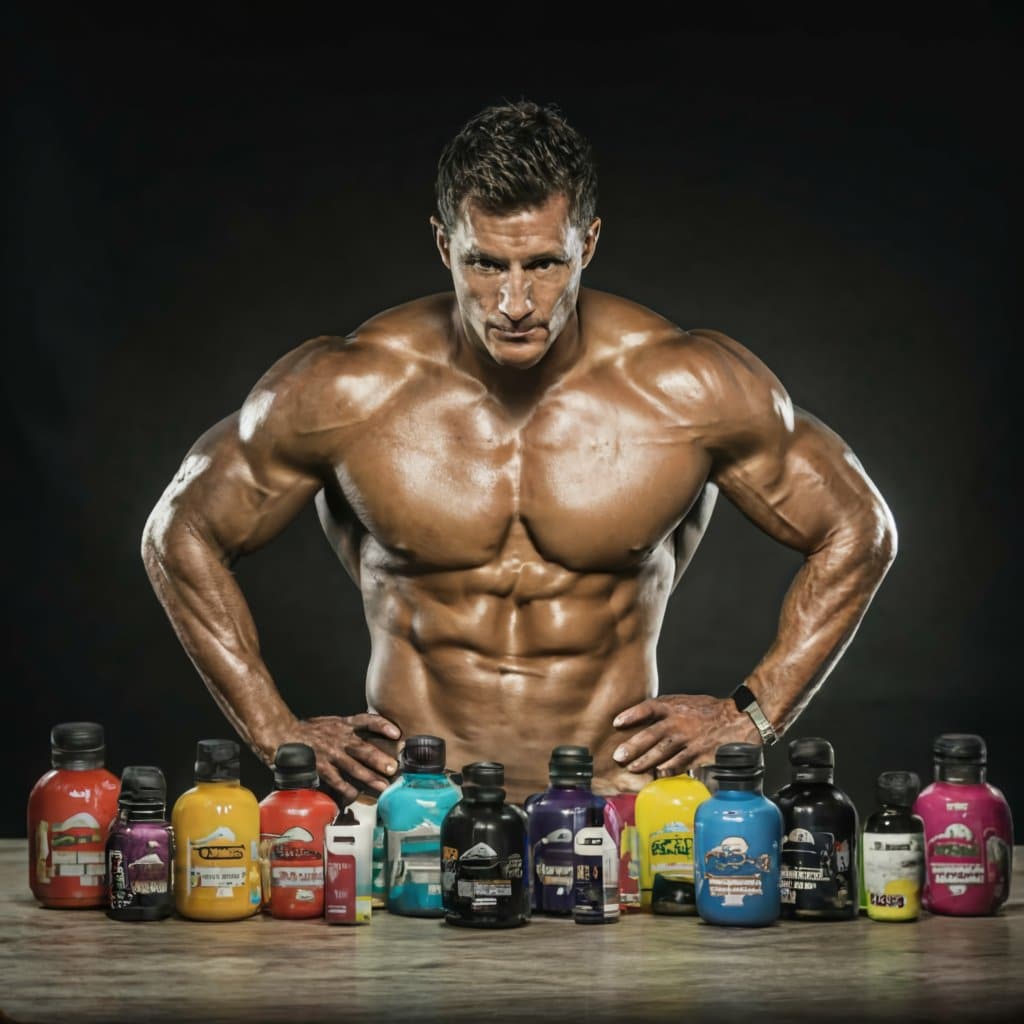Explore bodybuilding tips and techniques designed to maximize muscle growth, strength, and endurance.
Bodybuilding workouts are an essential part of any fitness routine for those looking to gain muscle and increase strength. Whether you’re a beginner or an advanced lifter, understanding effective bodybuilding techniques can help you achieve your goals more efficiently. This guide covers everything from workout structure to tips for optimizing muscle growth. Benefits of Bodybuilding Workouts Bodybuilding workouts offer a range of benefits beyond aesthetics. Regular strength training improves overall health, increases bone density, and boosts metabolic rate. These workouts also enhance mental resilience and discipline, providing a holistic approach to health and fitness. Structure of a Bodybuilding Workout A well-rounded bodybuilding workout typically includes three main components: warm-up, strength training, and cool-down. Each component is crucial for maximizing results and preventing injuries. Warm-Up A proper warm-up increases blood flow to muscles, enhances flexibility, and prepares the body for intense exercise. Dynamic stretching and light cardio are excellent ways to warm up. Strength Training Strength training forms the core of bodybuilding workouts. Exercises like squats, deadlifts, and bench presses target major muscle groups, promoting hypertrophy and strength gains. Cool-Down The …



